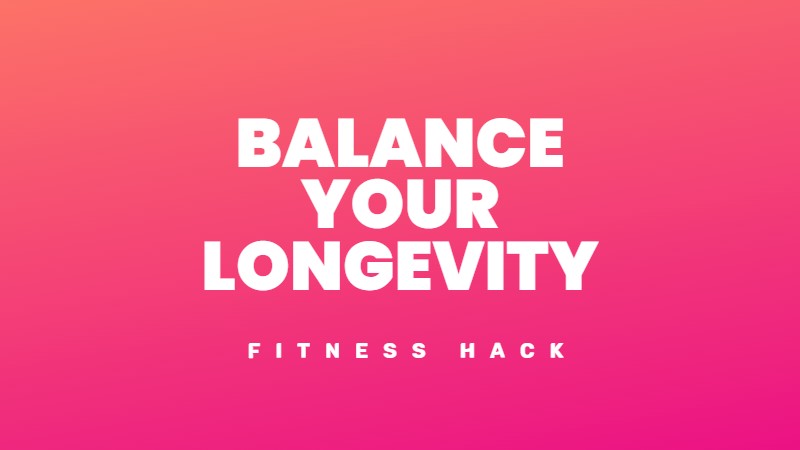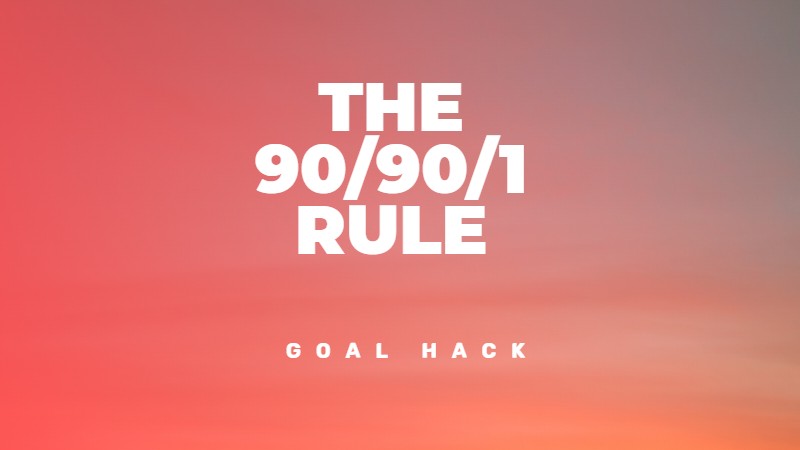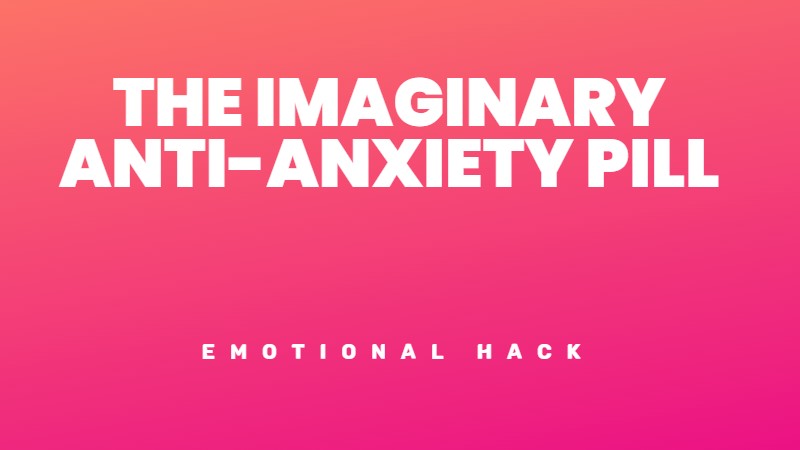The prevailing wisdom has always been clear: success = hard work + long hours. Want to write a book, start a business, get in the best shape of your life? Then buckle up and get ready to toil without ceasing. Breaks are for the weak and unmotivated. But what if our work-till-you-drop cultural ethos has it all wrong? What if the secret to reaching our biggest goals isn’t constant effort but something much more counterintuitive – taking time off?
A surge of research is painting a surprising picture – that strategic pauses can supercharge performance and make hard work more productive. The idea isn’t to grind less but to grind smarter.
Why taking breaks is the secret to success
When chasing ambitious goals, many of us think working nonstop with laser focus is the only path to success. We often view breaks, free time, or entertainment as obstacles slowing us down. But new research on productivity and the brain shows that well-timed breaks aren’t just helpful for doing deep work and reaching lofty targets – they’re absolutely necessary.
New studies find that planned rest periods boost focus, creativity and performance.
“Deep Work” author Cal Newport highlights what he calls “deep breaks” as key. As Newport puts it, “A deep break gives your mind a chance to recharge without lowering your ability to quickly regain concentration.”
This idea fits with many studies on effective work habits and mental performance. Here are three ways to work strategic pauses into your routine for tackling big projects.
1. Schedule your breaks
A Microsoft study revealed frequent short breaks reduce burnout, improve focus and engagement, and help manage stress. This challenges the belief that working continuously increases output.
How to apply it:
In Microsoft researcher Michael Bohan’s words, “Breaks are important, not just to feel less tired later, but to actually improve focus and engagement during work itself.”
2. Harness the benefits of diffuse mode thinking
Learning expert Barbara Oakley says our brains have two modes: focused and diffuse. Focused mode powers deep work, but diffuse mode, triggered on breaks, allows creative problem-solving and fresh idea combining.
Many top thinkers have used this. Albert Einstein played the violin when stumped, letting his mind relax into a state where inspired solutions could appear.
As The Wellbeing Thesis notes, “Stepping back from work shifts our brains into a looser state, where ideas flow freely, and unrelated thoughts more easily link up.”
3. Plan strategic “fun periods”
In Iceland, cutting hours from 40 to 35 per week kept productivity steady or increased it in most workplaces. Counter to expectations, planned play can lift total output.
Ways to try it:
Productivity expert Paul J. Meyer sums it up: “Productivity comes from commitment, intelligent planning, and focused effort.” That planning must include intentional breaks and leisure.
Bottom line
Reaching major goals and doing deep work isn’t about constant grinding. They’re about working smarter, not harder. Adding planned breaks, using diffuse mode thinking, and scheduling fun can boost productivity, creativity, and well-being. As Tom Rath aptly put it, “Don’t fear breaks every 20 minutes will ruin your task focus. Against my assumptions, regular pauses from mental work actually improve creativity and productivity.”
Top performers take time to recharge, often in ways that seem to have nothing to do with work. They go for long walks, get lost in hobbies, and take naps. And when they come back to their desks, they’re sharper than ever.
These “strategic slackers” have figured out a paradox. We need to stop working at regular intervals to do our best work. We need to let our minds roam, to follow trains of thought wherever they lead. It’s in these fallow periods that we have breakthroughs.




Leave feedback about this